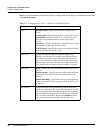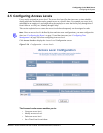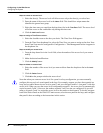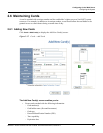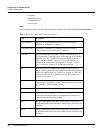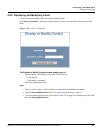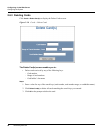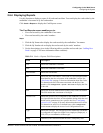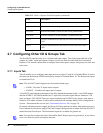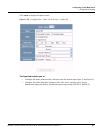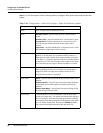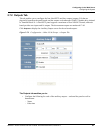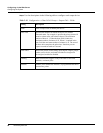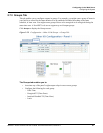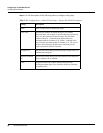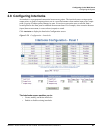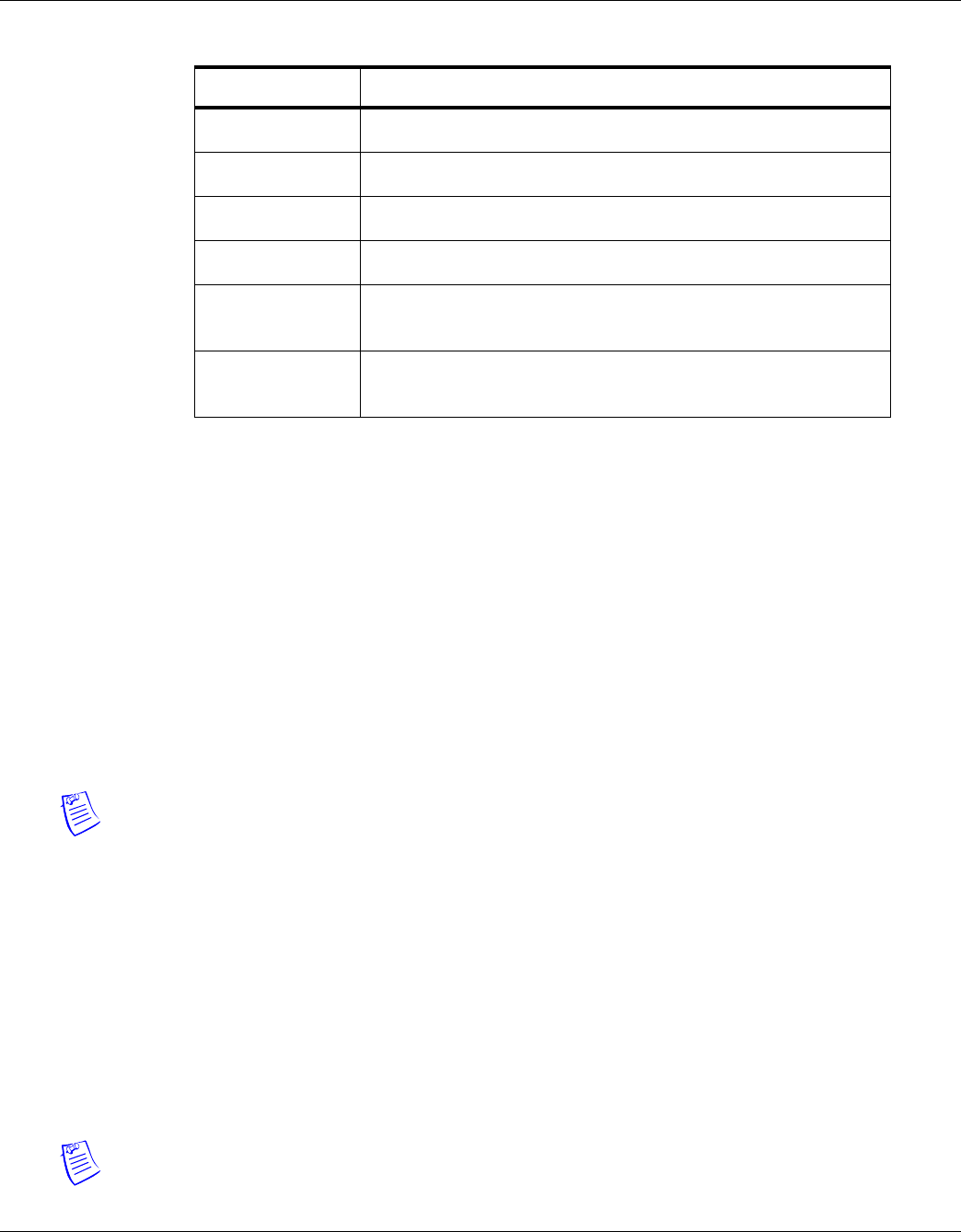
52 www.honeywell.com
Configuring via the Web Server
Configuring the System
2.7 Configuring Other I/O & Groups Tab
The NetAXS™ panel provides up to 14 inputs and eight outputs. Two of the inputs and four of the
outputs are “other” inputs and outputs, because you can use them for other than door lock/unlock
functions. This section explains how to configure these other inputs, outputs, and groups (for pulse and
time zone).
2.7.1 Inputs Tab
This tab enables you to configure other input devices on inputs 13 and 14 on Terminal Block 8, and on
the inputs on downstream NX4IN boards daisy-chained to Terminal Block 10. The downstream inputs
are numbered 25-96.
Note: The NetAXS™ panel supports two downstream board types:
• NX4IN – Provides 32 inputs and no outputs.
• NX4OUT – Provides two inputs and 16 outputs.
A NetAXS™ panel supports a maximum of six daisy-chained downstream boards—two NX4IN boards
and four NX4OUT. An NX4IN module has 32 supervised, four-state inputs that are limited to 2.2K
ohms resistance. The NX4OUT has two supervised inputs and 16 SPDT relay outputs; each input is
limited to 2.2K ohms resistance. Each board is configured with a unique address in the Configuration >
System > Downstream Devices tab (see “Downstream Devices Tab“ on page 23).
On panels with internal power supply, the Power Fail input generates an alarm when primary power is
lost as indicated by the power supply. The Panel Tamper input generates an alarm when the NetAXS™
cabinet has been forced open. The Downstream inputs are available for general use.
Note: You can also configure the Power Fail and the Panel Tamper inputs for general use, if you choose
not to wire them for power and tamper detection.
Activation Date Shows the date the card was activated.
Expiration Date Shows the date the card expires.
Use Limit Indicates the number of times the card will be granted access.
APB State Indicates whether or not anti-passback is enabled on the card.
Note 1 Displays informational text that may have been entered in the Note 1
field.
Note 2 Displays informational text that may have been entered in the Note 2
field.
Table 2-9: Cards > Reports Field Descriptions (continued)
Field Description



